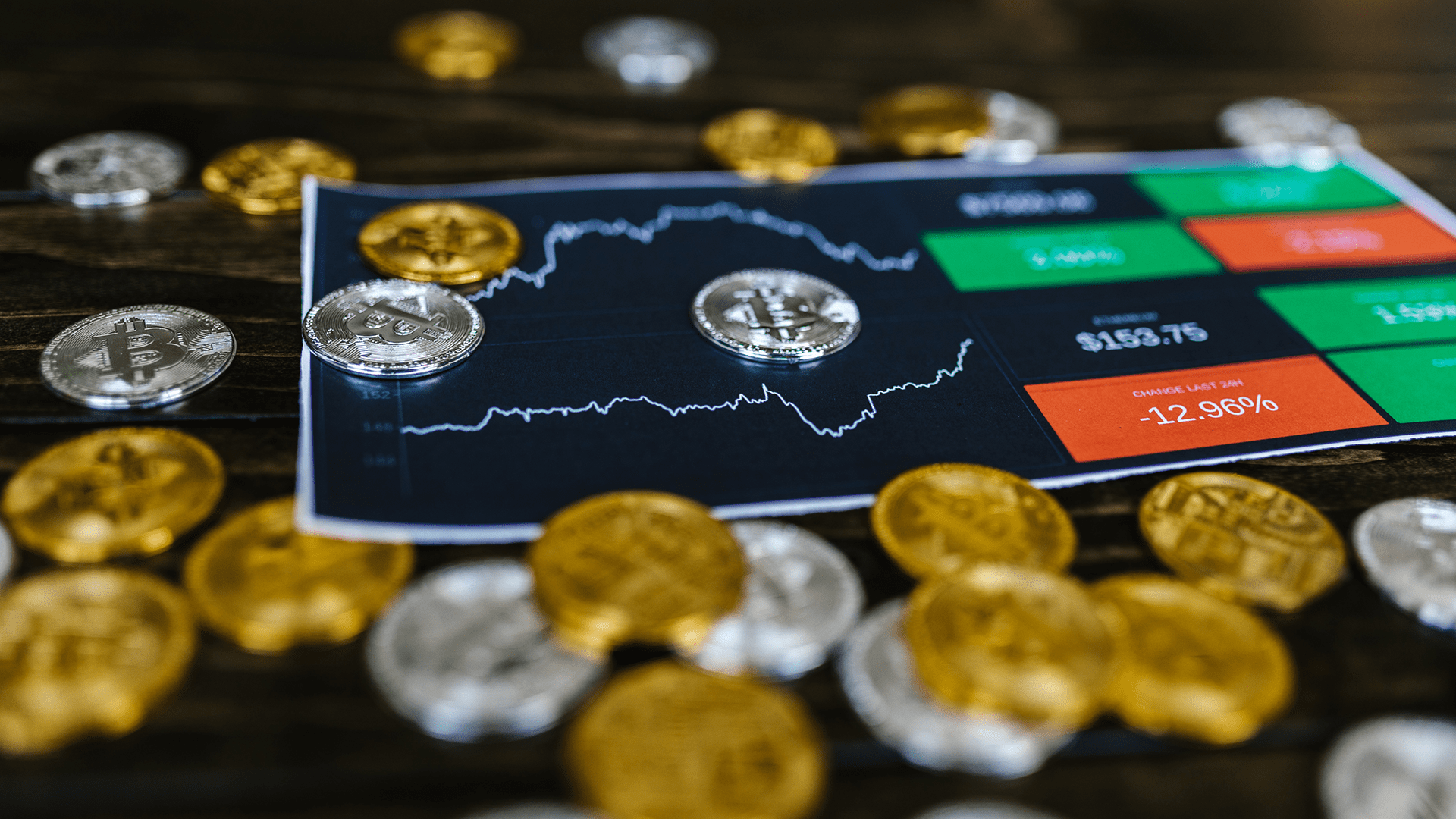There are a lot of questions that go into Forex trading. What is the best time frame to trade? What currency pairs should I trade? What is the best method to use? And so on and so forth. In this blog post, we will take a look at which time frame is most profitable in Forex. Spoiler alert: it depends on your strategy! So if you’re looking for some guidance on what time frame to focus your trading around, read on!
How to start forex trading?
Forex trading can be an exciting and potentially lucrative way to invest your money. However, it’s important to understand the risks involved before you start trading. This blog post will give you a brief overview of what forex trading is and how to get started.
What is forex trading?
Forex trading, also known as currency trading, involves buying and selling currencies in the foreign exchange market. The aim of forex trading is to make a profit by speculating on the future movement of currency exchange rates.
How does forex trading work?
When you trade forex, you’re effectively borrowing one currency to buy another. For example, if you trade EUR/USD, you’re buying Euros with US dollars. If the Euros appreciate in value against the US dollars, you’ll make a profit. Conversely, if the Euros fall in value against the US dollars, you’ll incur a loss.
How to start forex trading?
If you’re interested in forex trading, there are a few things you need to do before you get started:
- Choose a broker: You’ll need to open an account with a forex broker in order to trade currencies. Make sure you choose a reputable broker that offers competitive spreads and good customer service.
- Familiarise yourself with currency pairs: When you trade forex, you’ll be doing so by buying and selling currency pairs. It’s important to familiarise yourself with the different currency pairs available, as well as how they tend to move in the market.
- Develop a trading strategy: A good forex trading strategy will help you identify profitable trading opportunities and make successful trades. There are a wide variety of Forex trading strategies out there, so it’s important to find one that suits your individual needs and goals.
- Demo trade first: Once you’ve developed a trading strategy, it’s a good idea to test it out with a demo account before risking any real money. This will allow you to get a feel for how your strategy works and whether it’s profitable.
- Start trading: When you’re ready, you can begin live trading with your chosen broker. Remember to stick to your trading strategy, and don’t risk more money than you can afford to lose.
What is the best time frame to trade forex?
There is no definitive answer to this question, as the best time frame to trade forex will vary depending on your individual trading goals and strategy. However, some general guidelines can be useful when deciding which time frame to focus your trading around. If you’re looking to make quick, short-term profits, you may want to focus on shorter time frames such as the 5 minute or 15 minute charts. These time frames offer the opportunity for fast profits, but they also come with more risk. If you’re more interested in long-term gain s, you may want to focus on longer time frames such as the 4 hour, daily or weekly charts. These time frames tend to have less market noise and offer a better overview of the overall market trend. Ultimately, it’s up to you to decide which time frame works best for your individual trading goals and style. It may be useful to experiment with different time frames in order to find the one that suits you best.
What are the risks of forex trading?
Forex trading carries a number of risks, and it’s important to be aware of these before you start trading. The main risks of forex trading include:
- Market risk: This is the risk that the value of your currency pair will move in an unexpected or undesired direction. This type of risk is inherent in all types of financial trading, and can never be completely eliminated.
- Leverage risk: Leverage is a double-edged sword, and can both increase your profits and your losses. It’s important to use leverage responsibly, and only trade with money you can afford to lose.
- Liquidity risk: This is the risk that you will not be able to execute a trade at the desired price, due to lack of market liquidity. This type of risk is more common in less popular or thinly traded currency pairs.
- Political and economic risk: Unfavourable political or economic conditions in a country can lead to devaluation of its currency, which can in turn lead to losses for forex traders. It’s important to be aware of these risks before trading any currency pair.
What are the benefits of forex trading?
Forex trading offers a number of benefits, which include:
- 24-hour market: The forex market is open 24 hours a day, 5 days a week, which gives traders the flexibility to trade whenever they want.
- High liquidity: The large volume of currency traded in the forex market means that there is always high liquidity, and trades can be executed at desired prices.
- Low costs: Forex trading has relatively low costs compared to other types of financial trading. Spreads are typically tight, and there are no commissions or fees charged on most trades.
- Leverage: Leverage can be used to increase potential profits, but also comes with increased risk. It’s important to use leverage responsibly.
- Access to global markets: The forex market is a global market, and currency pairs can be traded from anywhere in the world.
- Volatile markets: The volatile nature of the forex market offers the opportunity for high profits, but also comes with increased risk. It’s important to be aware of these risks before trading.
What is the difference between forex and stocks?
There are a number of key differences between forex trading and stock trading, which include:
- Market hours: The forex market is open 24 hours a day, 5 days a week, while stock markets are only open for a limited number of hours each day.
- Currency pairs: Forex trading involves the trade of currency pairs, while stock trading involves the trade of individual stocks.
- Leverage: Forex trading offers high leverage, while stock trading typically offers low leverage.
- Margin: Margin requirements are usually higher for forex trading than for stock trading.
- Volatility: The forex market is more volatile than the stock market, and prices can move quickly in either direction.
- Trading costs: Forex trading typically has lower costs than stock trading, due to lower spreads and no commissions or fees.
- Access to global markets: The forex market is a global market, while stock markets are typically regional or national markets.
Conclusion
Forex trading can offer a number of benefits, including 24-hour market access, high liquidity, low costs, and the ability to trade from anywhere in the world. However, it’s important to be aware of the risks involved, which include market risk, leverage risk, liquidity risk, and political and economic risk.



